
By Anna Selby
With epic landscapes fit for giants and a gigantic welcome to boot, Northern Ireland's hidden delights will please the artistic, the hungry, the curious, and the adventurous.
This is a feature from Issue 7 of Charitable Traveller. Click to read more from this issue.
With domestic bookings for summer 2022 already at record-breaking numbers, it looks like staycations are here to, well, stay. And while it’s great news that more of us are appreciating our own backyard, it does beg the question: is our small but perfectly formed country ready for more tourists?
The last two summers saw pictures of overcrowded beaches and beauty spots circulating in the media – it appeared there were more city-escapees than sheep in the Lake District this August. But there is somewhere closer to home that is something of a well-kept secret. Northern Ireland offers a dramatic coastline with beautiful beaches, glorious countryside, buzzing towns and cities, a wealth of culture and history and the warmest of welcomes. If you haven’t already visited, add it to your list!
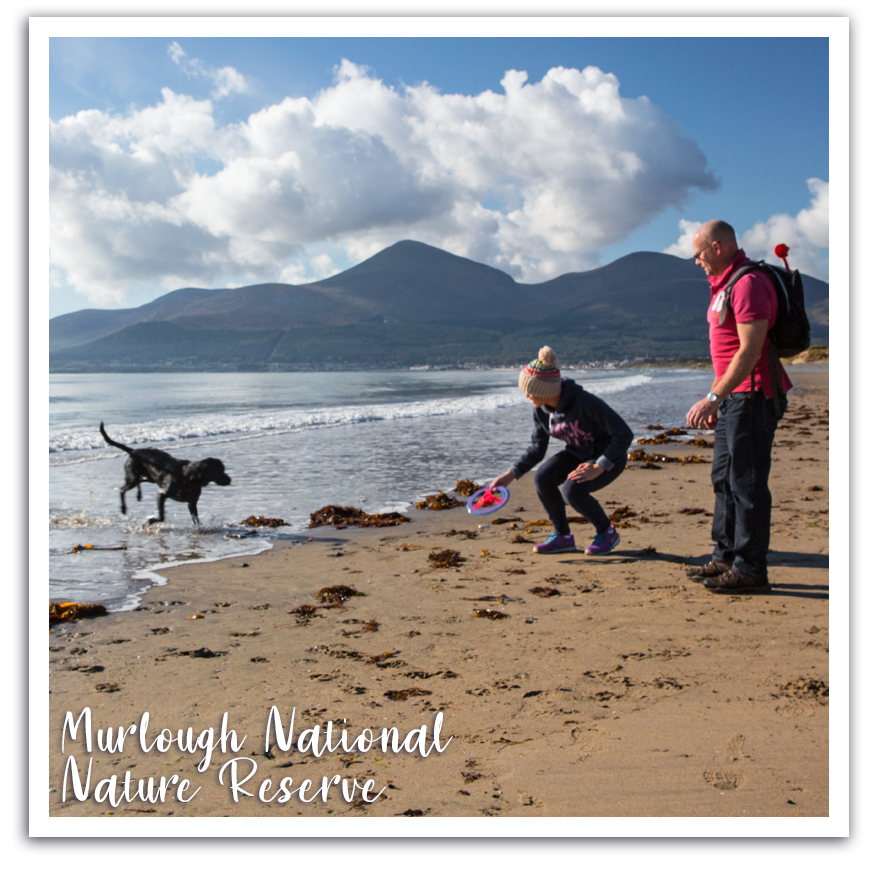
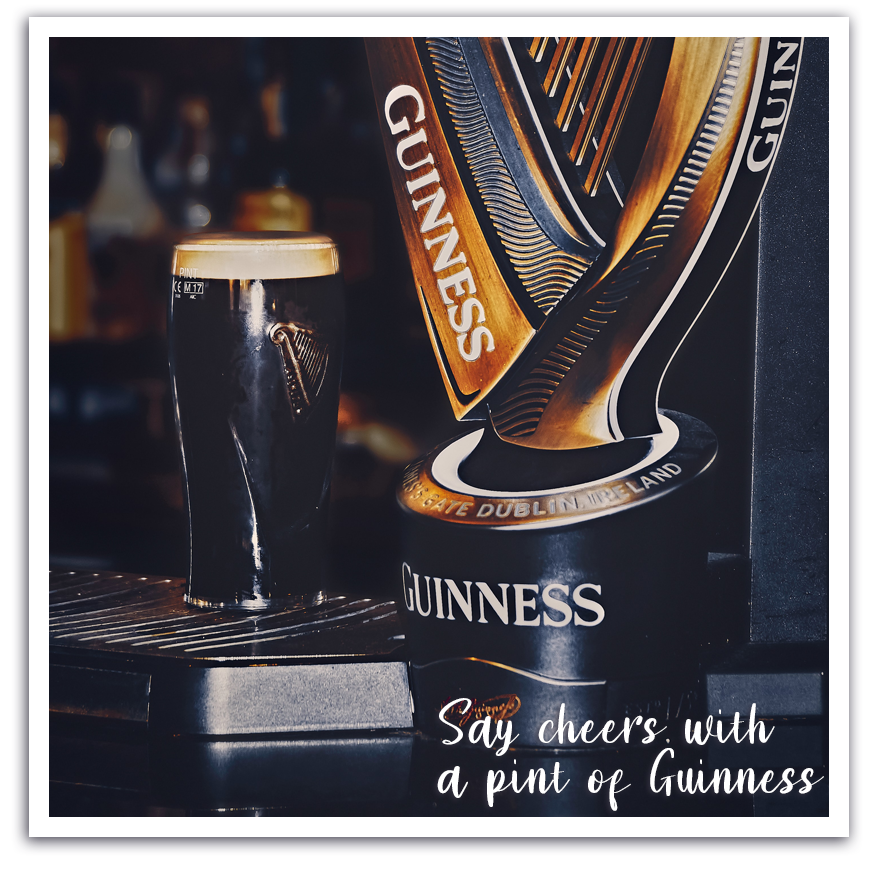
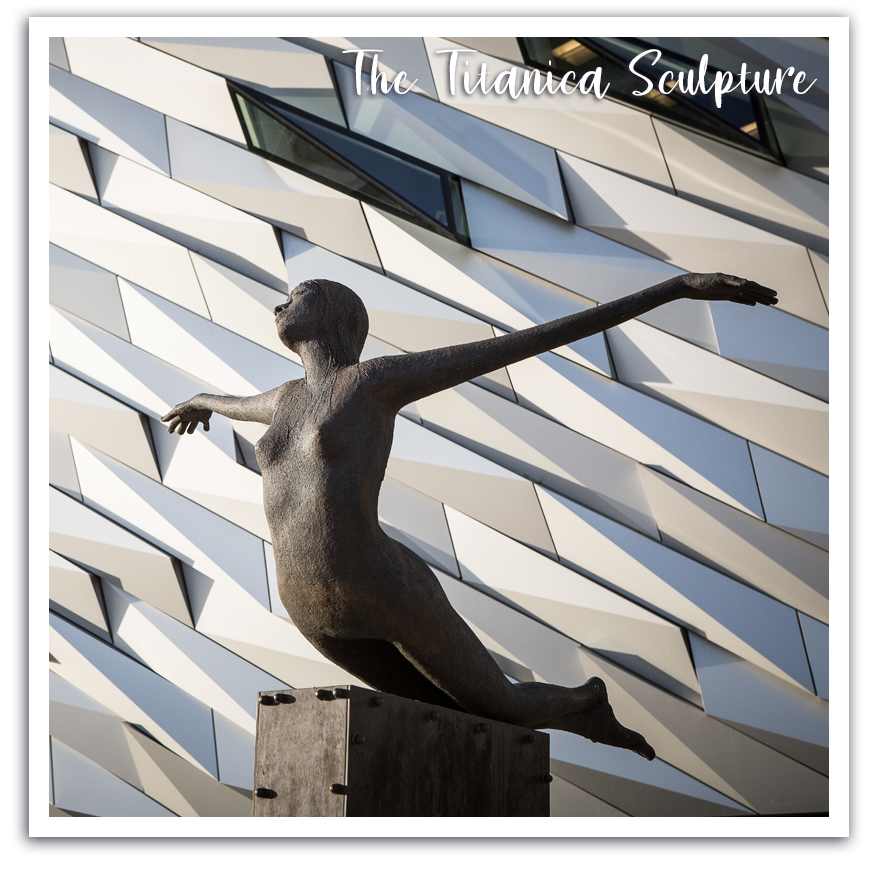
Whether you arrive into Belfast, Derry~Londonderry or Larne (the latter can be accessed by ferry, as can the capital) you’ll be sure to get a warm welcome. If events of recent history are your first thought then cast your preconceptions aside. Northern Ireland is alive with music, flooded with Guinness and whiskey and full of the craic, along with world class visitor attractions, fascinating culture and history and an internationally lauded food and drink scene.
Once you get outside of the cities you’ll have the place pretty much to yourself. You’ll find hedgerows ablaze with wild flowers, mountains brooding majestically in the distance, their lofty tops tempting hikers and bikers alike, and the choice of a rugged coast or vast and serene loughs (lakes, for those looking to get wet or mess about in boats.
Fun, food, and fine sights in Belfast
Belfast is a small city, with a population if around 300,000, but there’s a lot packed into this vibrant capital, which has a booming economy. In 1894 it was a centre for the linen industry and the length of yarn produced each year would have circled the earth 25,000 times. Nowadays, the new Linen Quarter is still at the heart of the city, but it’s the shops, pubs and hotels that are buzzing.
With a cuisine scene to die for, Belfast has three Michelin-starred restaurants (Manchester is twice the size but has just one). Ox is a collaboration between a Belfast-born chef, hot from the kitchens of Paris, and his French friend and sommelier. Its renowned for fancy dishes with local provenance but starts at £30 for a three-course lunch. Multi-star chef Michael Deane has had his Michelin recognition for 13 years and had seven restaurants, including Deanes Meat Locker and Deanes Love Fish. The most recent star has gone to the modern menu at the atmospheric Muddlers Club, named after a secret society that met there 200 years ago.



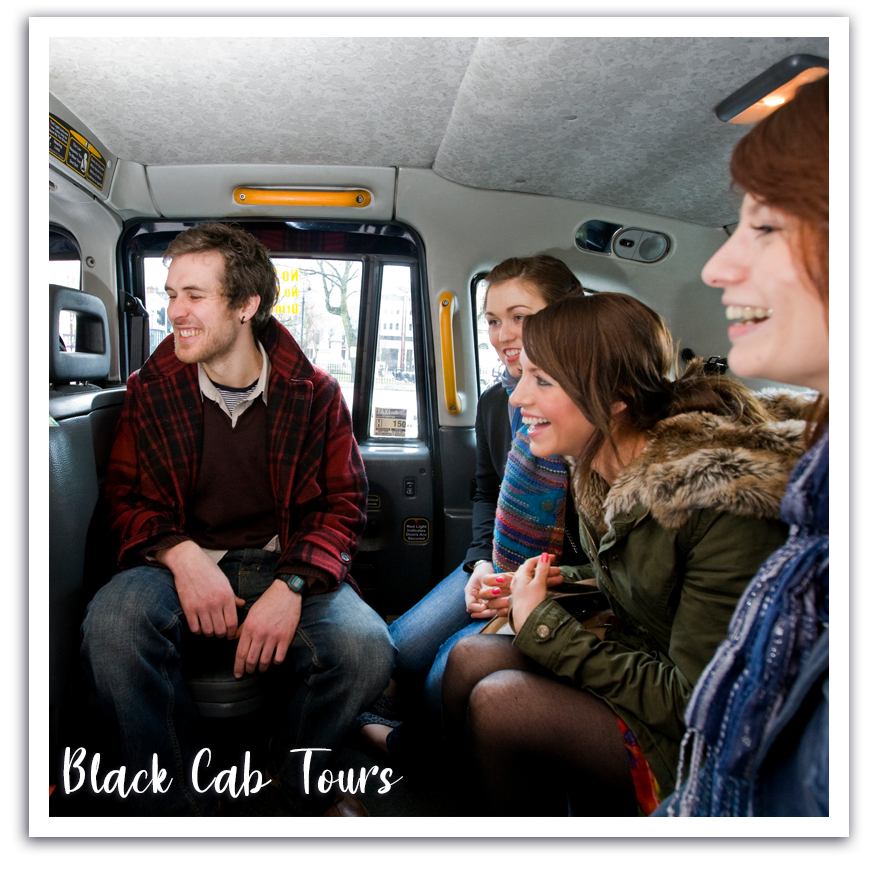
It’s not all fine dining. Visit Fibber Magees, a local joint where £3.80 buys you a pint of Guinness and you can have your brunch listening to traditional bands like The Full Shillin’. Request Stairway to Heaven on the fiddle – this is where Led Zeppelin first played it in 1971.
But you’ll find live music everywhere in Belfast, even St George’s Market, with its staidly Victorian red brick, iron, and glass exterior, is renowned for its live scene, as well as its fresh oysters (£1 each), fruit and vegetables.
The Cathedral Quarter, centred around the stunning St Anne’s Cathedral, manages to mix cobbled streets and cool vibes. There’s a circus school and a museum to all those local musicians (Van Morrison, Snow Patrol et al). Don’t miss the Friend at Hand, a tiny gem of a whiskey shop that practically glows amber.
Striking murals abound here too – you’ll see a lot of George Best portraits in these parts.
Murals are a big part of Belfast and a Black Cab Tour is a great way to unlock the secrets of the art and the past. My driver definitely had the gift of the gab and gave a personal insight into the city’s fascinating journey from past to present. The cab will also take you past the city’s famous sights, like City Hall and Queens University.
Old meets new in Derry~Londonderry
Northern Ireland’s second city may be smaller than Belfast but has charm in spades and plenty to fill a city break. Derry~Londonderry got a considerable makeover in 2013 thanks to it’s status as the UK City of Culture, which prompted the construction of the Peace Bridge and the redevelopment of the waterfront and Guildhall area, making the most of the city’s striking riverside setting.
Derry~Londonderry is home to to the only completely intact walled city on the island of Ireland and one of the finest examples of a walled city in Europe. This is a good place to start your visit as it’s an easy and scenic walk, just a mile in circumference, and takes in key city sights like St Columb’s Cathedral, as well as cannons, battlements, and watchtowers.
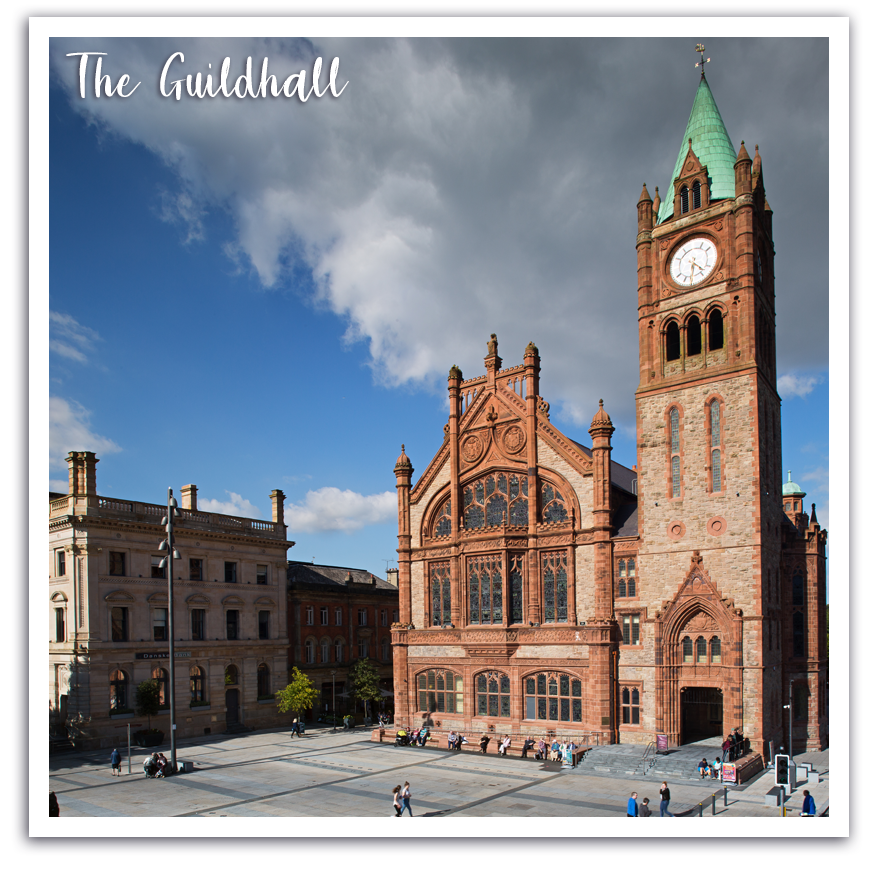
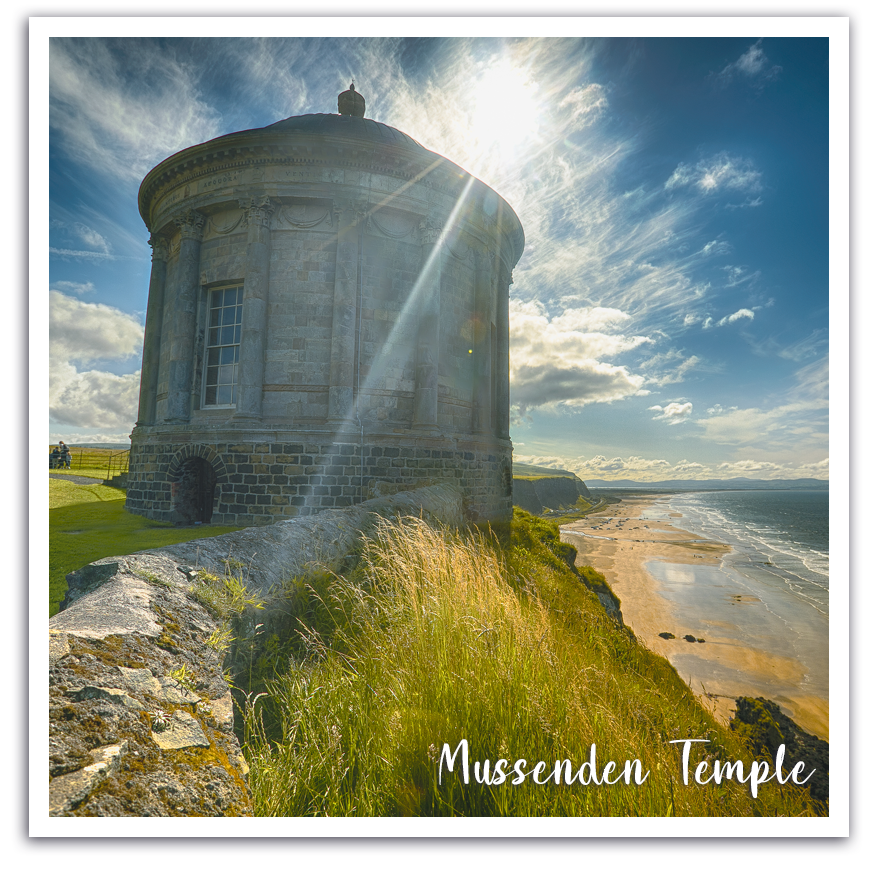
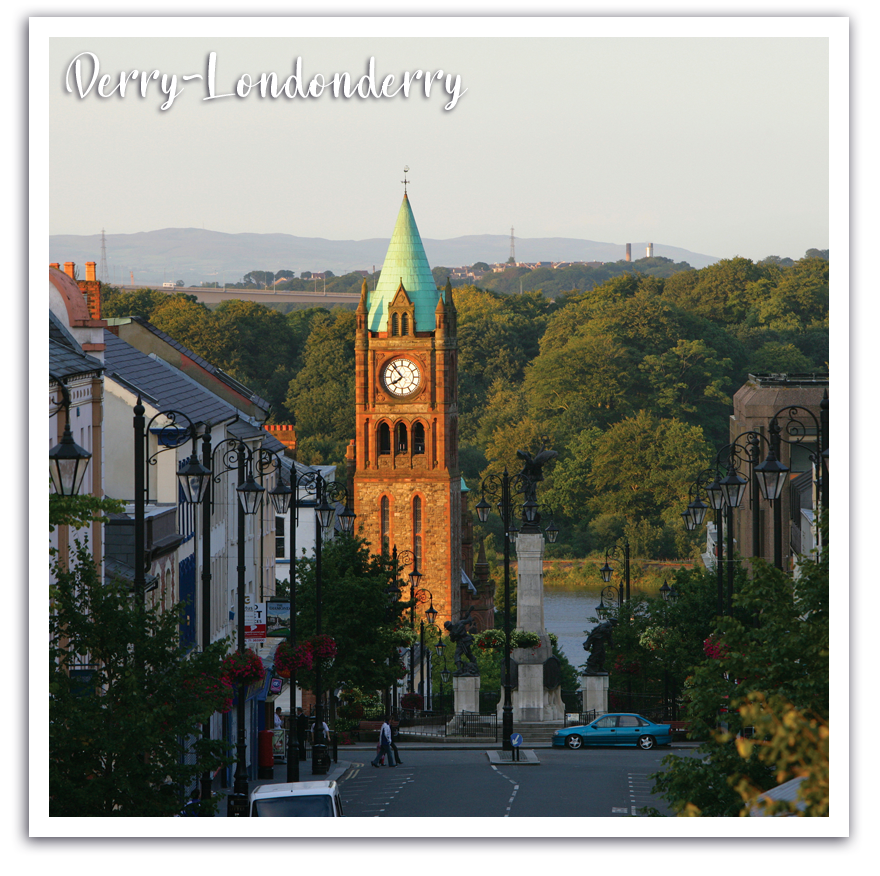
Walking tours are a speciality here and you can discover everything from the city’s murals, which depict its turbulent history, to the filming locations for Channel Four cult comedy, Derry Girls. Must-see spots include the Craft Village, which recreates how the city looked in the 18th Century via a street of shops selling traditional food, books, and handmade items, with knitwear a speciality.
Just an hour from Derry~Londonderry is Seamus Heaney HomePlace, a fascinating insight into what inspired the Poet Laureate and his relationship with his homeland.
It’s not all culture and history in this city though, try taking a paddleboard tour on the River Foyle to appreciate the city from the water. If you go around sunset time you can see the city lights twinkling across the water.
If that sounds like thirsty work then you’ll need to add in a pit stop at the Walled City Brewery. The beer house offers brewing masterclasses where you can learn (and drink) your way through the 9,000-year history of beer. You can also dine in the award-winning restaurant and pair the brews with delicious pub favourites.
Myths both ancient and modern
The Giant’s Causeway is a UNESCO World Heritage Site and a remarkable geological
wonder. Sixty million years old, it has over 40,000 interlocking basalt columns, the scenic result of intense volcanic and geological activity.
There is, of course, another story about how it came into being. The Giant in question was Finn MacCool whose rival over in Scotland was Benandonner. Finn built enormous stepping stones across the sea and challenged the Scottish giant to cross but, when he saw how big he was, he fled home and asked his wife, Oonagh, to hide him. Oonagh put Finn in a cradle and disguised him as a baby. When Benandonner saw the ‘infant’ he assumed the father must be gigantic indeed and fled back over the Causeway, ripping it up behind him. There are indeed similar columns at the Scottish end – in Fingal’s Cave – so who can say if it’s true?
You could always give it some thought over a glass of Bushmill’s – the world’s oldest
whiskey distillery is just up the road from the Causeway. This is just one of the stops along the spectacular Causeway Coastal Route. You pass long sandy beaches and rocky coves – and tiny Rathlin Island where some (not all) say Robert the Bruce met his spider.
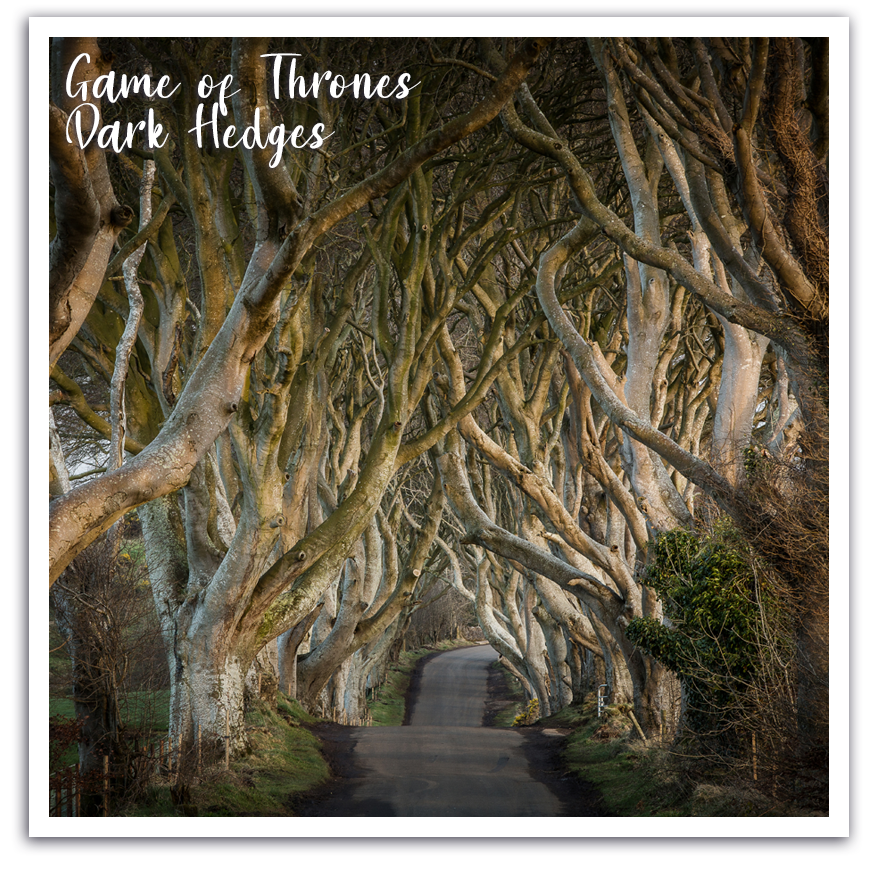
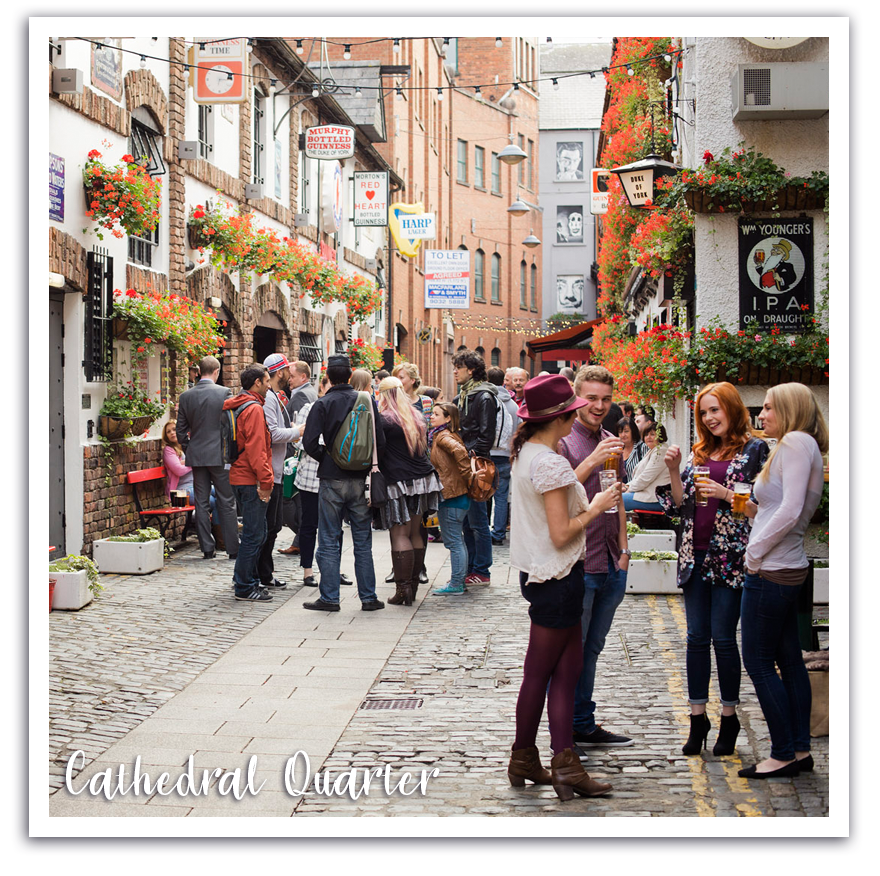


There are more modern legends too, and Belfast’s outstanding Titanic Quarter is the place to start. At its heart is the award-winning Titanic Museum, an impressive silver
building sitting on the very dockside where the ship was built. This poignant museum and memorial tells the story of Belfast’s shipyards, the building and launch of the famous liner and the stories of the people who were on it. Even the voices of the riveters telling their perspective on the Shipyard Ride is, well, riveting!
Just outside Belfast is Castle Ward, a stately home in 820 acres of glorious park, woodland and gardens set around Britain and Ireland’s largest inlet sea, Strangford Lough.
It is also the film location for much of Game of Thrones (GOT to those in the know), standing in as Winterfell Castle. Fans can even take longbow lessons there.
Northern Ireland is truly the home of GOT. Filming also took place at the Titanic Studios in Belfast, the shadowy Cushendun Caves, beautiful Murlough Bay, the rocky Antrim Plateau, the ruins of Inch Abbey and the Dark Hedges, a moody road of twisted trees. Due to open later this year, Linen Mills Studios at Banbridge will offer a state-of-the-art interactive experience incorporating iconic set pieces and authentic props and costumes. The official tour will reveal the secrets behind everything from make-up and prosthetics to CGI technology.
The Great Outdoors
The landscape of Northern Ireland is breath-taking. With the wild Atlantic Ocean on one side, and the Irish Sea on the other, the coast is unsurprisingly rugged, with dramatic cliffs dropping into pale sandy beaches which would give the Caribbean a
run for its money on a sunny day. National Trust-owned Portstewart Strand offers miles of golden sand and beautiful dunes.
There are numerous Areas of Outstanding Natural Beauty inland too and when you
visit them, they are surprisingly empty. Nowhere is this truer than in the haunting
beauty of the Mourne Mountains. They sweep down to the sea, where there are
caves and underground rivers. Steep glaciated valleys alternate with rolling
downs and patchwork fields full of sheep and cows dozing in the sun. The highest
point is Slieve Donard (850 metres), the peaceful summit where Saint Donard is said
to have had his hermitage.
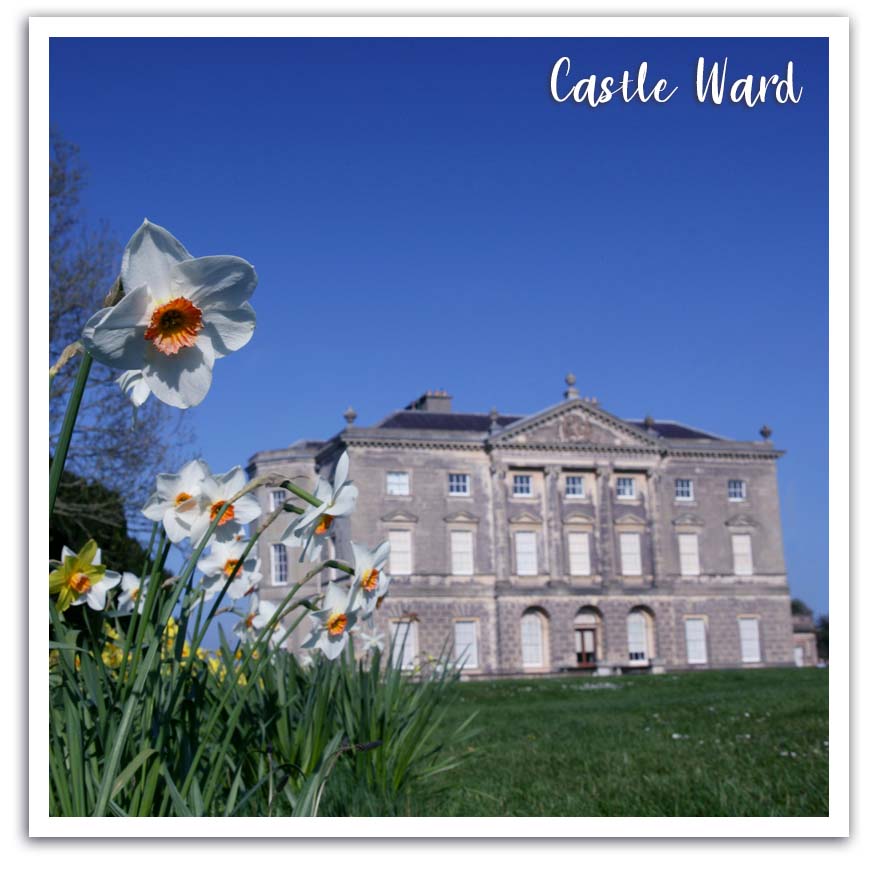

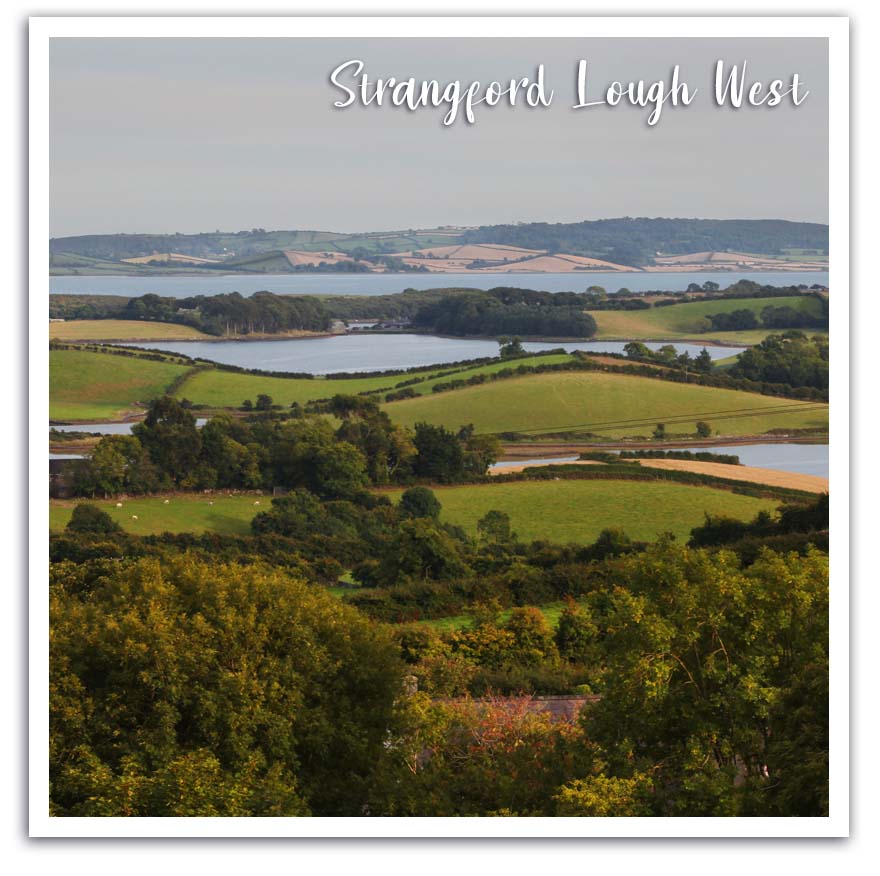

Hiking offers access to Northern Ireland’s stunning scenery. There are many trails, including one around the Silent Valley Reservoir, a peaceful lake created in the 1920s to ensure Belfast’s water supply and now a haven for nature. Or head to the heather-smothered Sperrins, a mountain range in County Tyrone.
If it’s adventure you’re after though, look no further than the Gobbins cliff path in County Antrim – sometimes called the most dramatic walk in Europe. The path drops steeply from clifftop to sea level and passes through a giant keyhole in the rock (Wise’s Eye) and along a series of metal bridges and walkways. Here you can spot birds like kittiwakes, razorbills and even a colony of comical puffins. Or how about a rope bridge? The 30-metre high Carrick-a-Rede rope bridge was first erected by salmon fishermen in 1755 and when you cross, you’ll be crossing the Atlantic Ocean.
It’s easy to get out on the water in Northern Ireland. The region’s loughs are ideal for kayakers and stand-up paddleboarders. Lough Erne is dotted with 160 wooded islands and ripe for exploring.
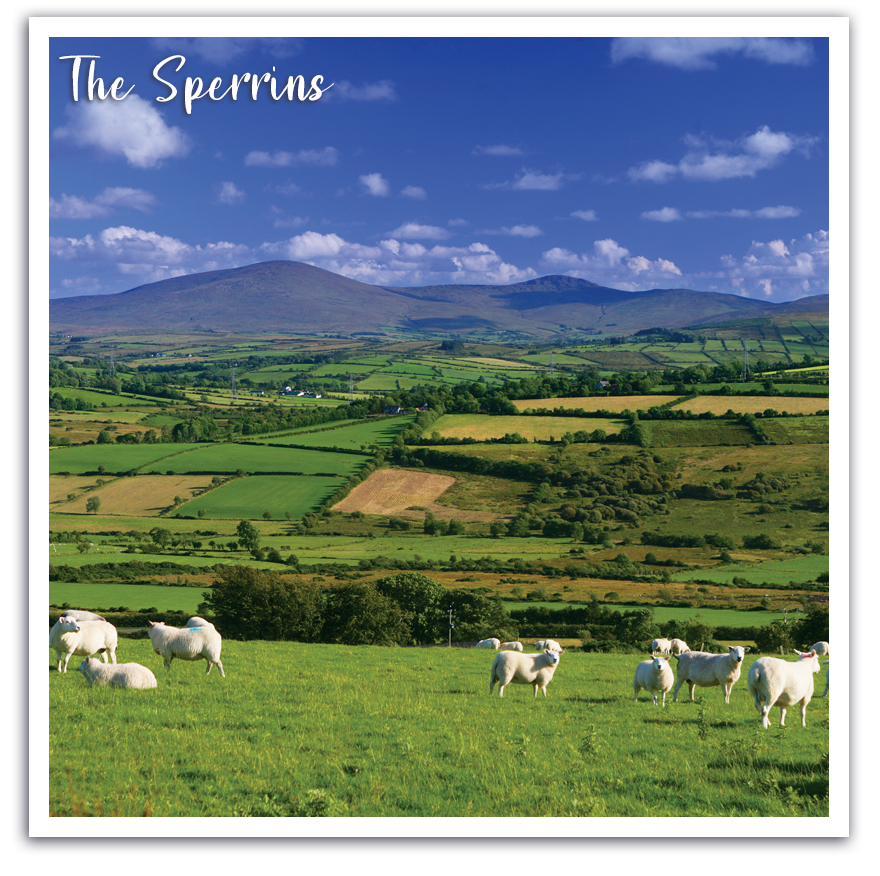
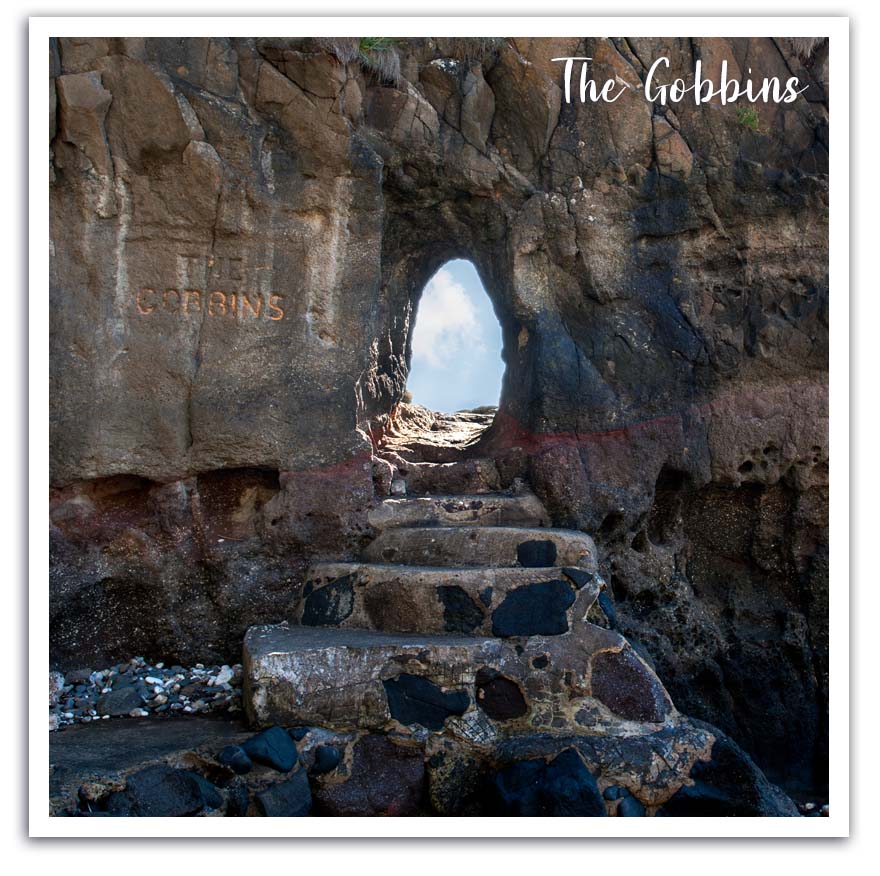
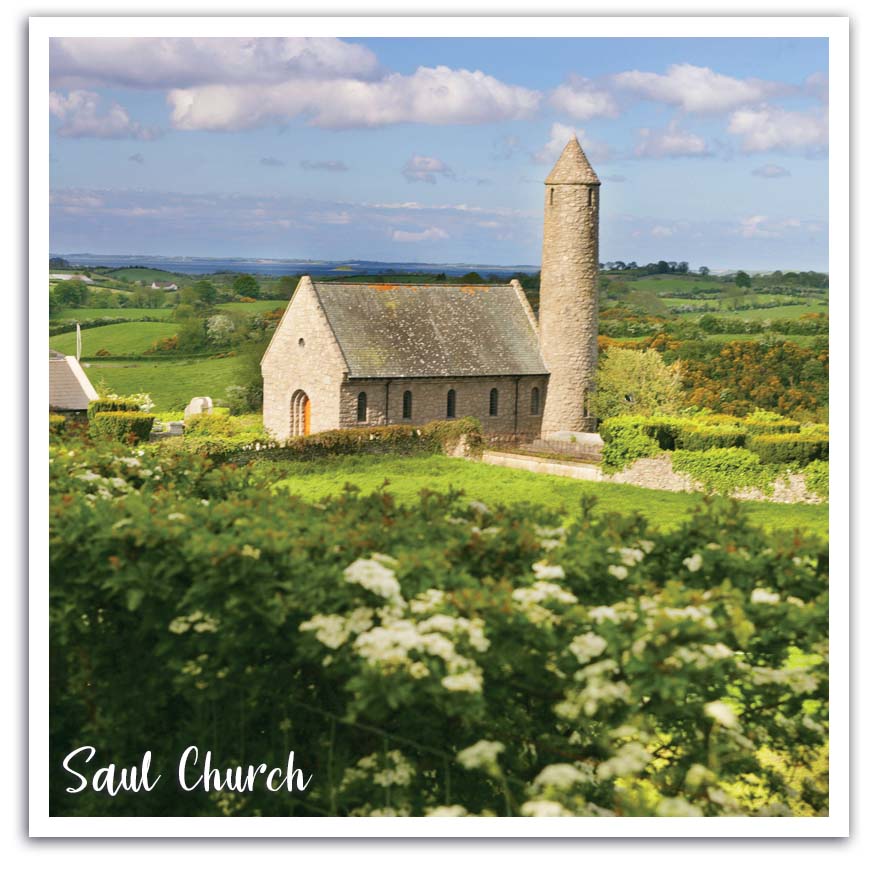
If you prefer dry land thrills then there are plenty. Mountain biking is a popular pursuit and Rostrevor Mountain Bike Trails on the shores of Carlingford Lough has some exhilarating descents with coastal views.
If you like to be horse powered there is plenty of pony-trekking – choose between mountain meanders and beach gallops. You’ll never be far from a golf course – there are 100 in Northern Ireland and many are championship standard (Royal County Down is Golf Digest’s world number one). And if you’re planning ahead, The Open will return to Royal Portrush in 2025.
Embrace a giant spirit
Find out more about Northern Ireland and plan your next holiday, whether it’s a city break, a walking holiday or a Game of Thrones geek-out!

This is a feature from Issue 7 of Charitable Traveller. Click to read more from this issue.

















 by net effect
by net effect